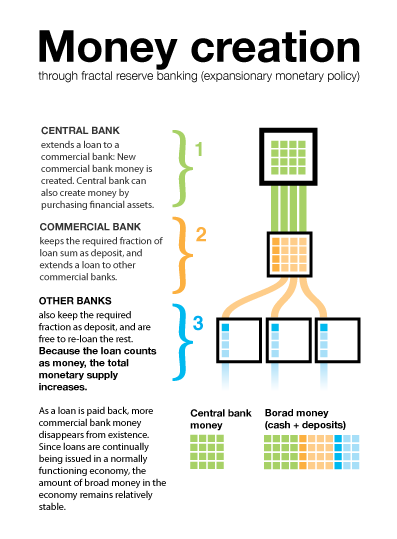The Federal Reserve Act of 1913
Until 1913, the United States did not have a true central bank. The US suffered through a number of financial crises that eventually drove Congress to create the US central bank, the Federal Reserve (the Fed), through the Federal Reserve Act of 1913.
The Act established three key objectives for monetary policy: maximum employment, stable prices, and moderate long-term interest rates. The first two objectives are sometimes referred to as the Federal Reserve's dual mandate and are the most emphasized of the three.
Over the years, the Fed has expanded its duties to include conducting monetary policy, supervising and regulating banking institutions, maintaining the stability of the financial system, and providing financial services.
How the Fed Conducts Monetary Policy
The Fed has three main policy tools: setting reserve requirements, operating the discount window and other credit facilities, and conducting open-market operations.
Reserve Requirements
Commercial banks are required to hold a certain proportion of their deposits in reserves and not lend them out. This proportion is called the reserve requirement and is controlled by the Fed. By changing the reserve requirement, the Fed can impact the amount of money available for lending, and by extension, spending and investment.
Discount Window
Commercial banks are required to have a certain amount of reserves on hand at the end of each day. If they are going to come up short, they must borrow from other banks or the Fed. The Fed extends these loans through the discount window and charges what is called the discount rate. The discount rate is set by the Fed, and is important because it radiates throughout the economy: if it becomes more expensive to borrow at the discount window, interest rates will rise and borrowing will become more expensive economy-wide. In this way, the Fed can use the discount window to affect interest rates and the money supply .

Increasing the Money Supply
The diagram shows how the central bank can increase the money supply by lending money through the discount window or purchasing bonds (open market operations).
Open-Market Operations
The government borrows by issuing bonds. Recall that the interest rate that the government pays is determined by the price of the bond: the higher the price of the bond, the lower the interest rate. The Fed can affect the interest rate by conducting open-market operations (OMOs) in which it buys or sells bonds. Buying or selling bonds changes the demand or supply of the bonds, and therefore their price. By extension, OMOs change the interest rate, hopefully to achieve one of the Fed's monetary goals.